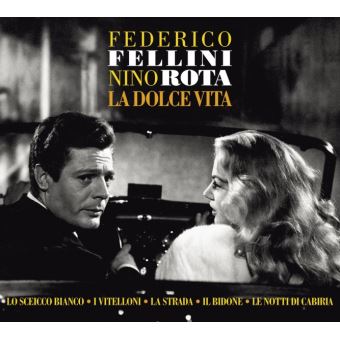La Dolce Vita: A work cut out for fashion
“La Dolce Vita” is an Italian film directed by Federico Fellini in 1960. This masterpiece of Italian cinema is considered one of the greatest films ever made. The film explores themes of alienation, boredom and the loss of meaning in modern life, set against the backdrop of 1960s Roman society .
In Italy, spring family ceremonies are an important tradition. Families gather to celebrate the end of winter and the arrival of spring which will usher in summer. Meals are prepared with care and houses are decorated with flowers and bright colors. It is a moment of renewal.
Likewise, “La Dolce Vita” explores the theme of rebirth and regeneration. The main character, Marcello, is a journalist bored by the superficiality of Roman nightlife. Throughout the film, he seeks to find meaning in his life, to reconnect with something deeper and more meaningful.
The work takes place over seven days, perhaps symbolizing the seven days of the week, with the seventh day being the day of rest and regeneration. Spring is also a time of renewal, when nature awakens from its winter sleep and is reborn in the form of flowers.
The theme of family is also present in "La Dolce Vita". Although Marcello's character is single, he is surrounded by characters who have family ties. For example, his friend Steiner is married with children, and Marcello has a relationship with Maddalena, who is also married. The party and celebration scenes in the film are also reminiscent of spring family ceremonies.
Finally, music is an important element in “La Dolce Vita”. It is often used to reinforce the emotions and themes of the film. Likewise, music is often played during spring family ceremonies to celebrate life and rebirth.
There is an interesting link between the cinematographic work and the theme of the ceremonies.

